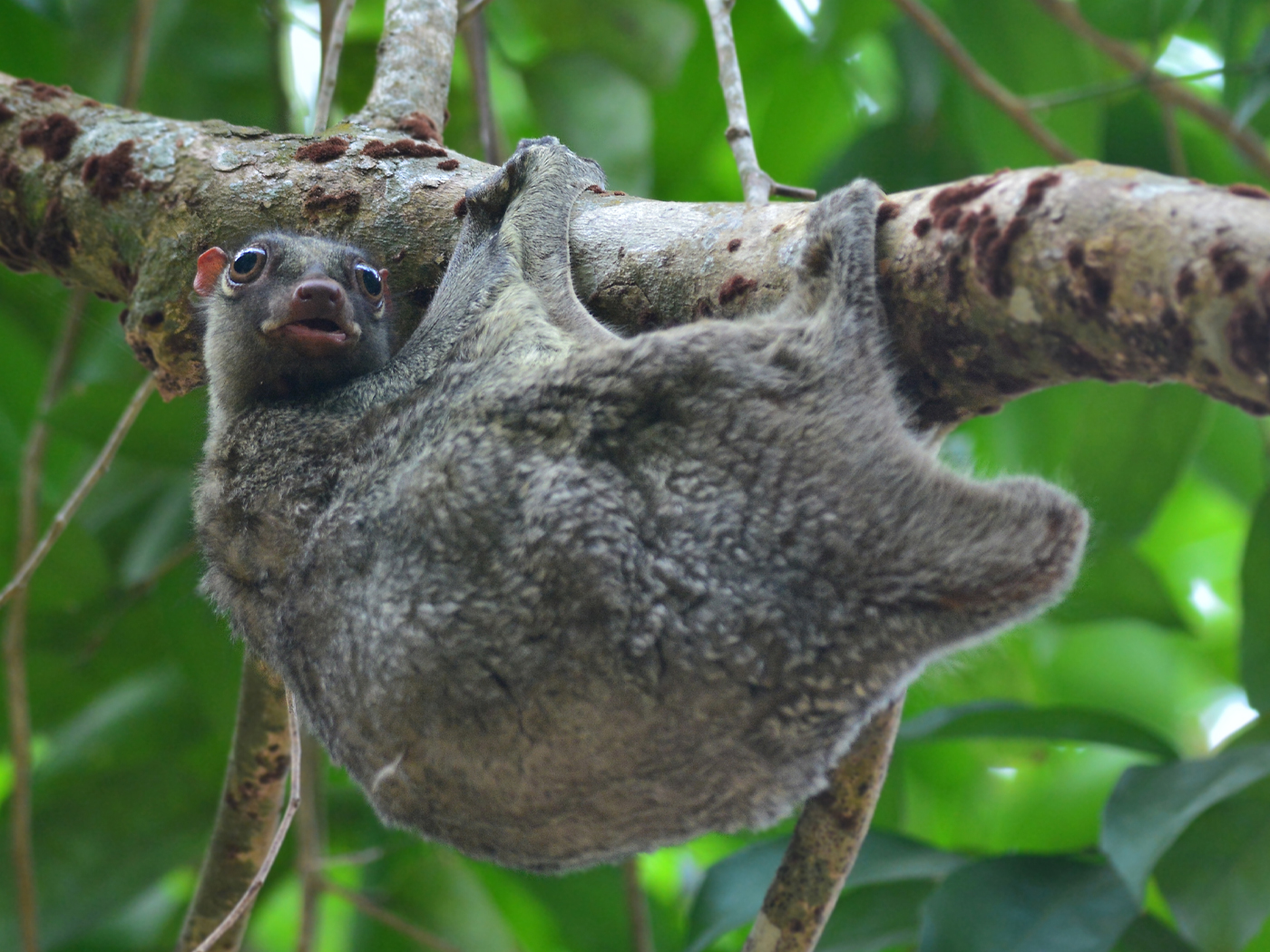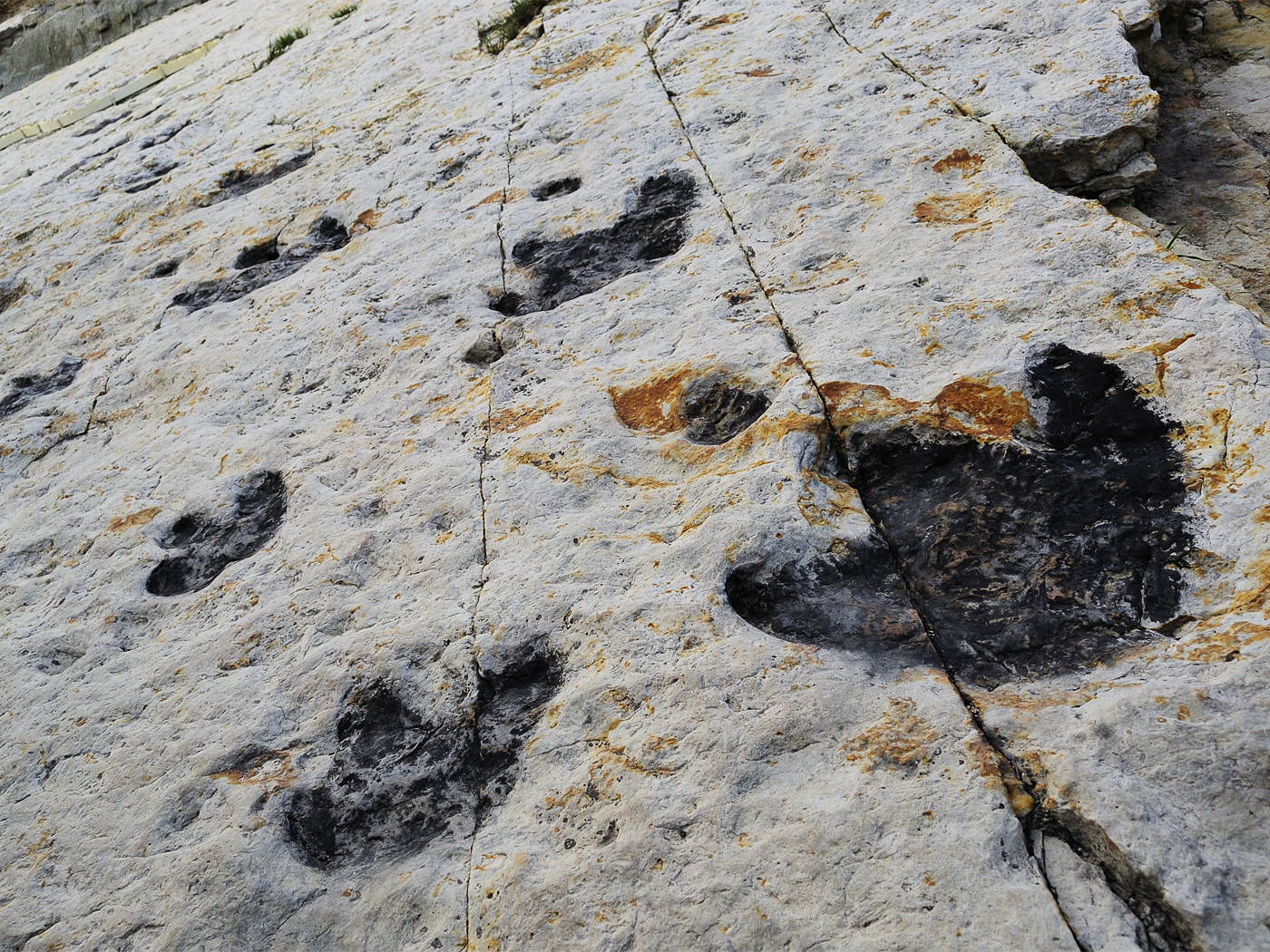Botanists recently discovered Lychnothamnus barbatus, a large form of green algae known from European and Asian freshwater lakes, in North America. Before this discovery, the only hints of this particular water plant in the Americas came from their fossils mixed with dinosaurs in Argentina.1 If this type of algae’s fossils were deposited tens of millions of years ago, then how has it avoided evolutionary tinkering ever since? How could it remain unchanged for over “65 million years?”
This particular “stonewort” type of algae grows up to a foot long, but not invasively. Its species name makes use of Latin words meaning “light [thin] beard.” From a distance, it looks like a stringy, green beard.
The same algae pop up in North America in the 21st century—no hints of evolutionary alterations ![]()
Drexel University botanist Richard McCourt coauthored a technical report of the find published in the American Journal of Botany.2 He suggested to Drexel Now news that the algae could have migrated to the St. Lawrence Seaway in ships’ ballast waters. But he missed a bigger issue by offering no suggestion on how the plant avoided evolution for more than 65 million years, the minimum supposed time since its Cretaceous System fossils formed.
How should researchers explain these clues? First, the stonewort gets buried and fossilized with dinosaurs in Argentina. Much later, botanists begin formally describing the same exact algae in Europe in the 1800s. It also grows in freshwater spots across Asia and toward Australia. Last, the same algae pop up in North America in the 21st century—with no hints of evolutionary alterations.
Secular botanists might offer the standard argument that once Lychnothamnus evolved, it never experienced an environment that challenged it enough to force its form to change. But how could the dramatic extinction event strong enough to morph dinosaurs into birds and rats into monkeys make no changes whatsoever to a gentle freshwater algae species?
The total lack of evolutionary change from Cretaceous to modern Lychnothamnus requires that either evolution never happened, the Cretaceous-Tertiary extinction event never happened, or neither happened. A recent deposition of dinosaur (and modern-looking stonewort) layers from Noah’s Flood plus the Genesis 1 declaration of God creating plants and animals according to distinct, interbreeding kinds perfectly accounts for the persistence of this same stonewort kind from fossils to today’s fresh waters.
References
- Otto, F. Dinosaur-Era Plant Found Alive in North America for First Time. Drexel Now. Posted on Drexel.edu July 31, 2017, accessed August 1, 2017.
- Karol, K. G. et al. 2017. First discovery of the charophycean green alga Lychnothamnus barbatus (Charophyceae) extant in the New World. American Journal of Botany. 104 (7): 1-9.
Stage Image: Copyright © Photo by P. Skawinski. University of Wisconsin Extension. Used in accordance with federal copyright (fair use doctrine) law. Usage by ICR does not imply endorsement of copyright holders.
*Mr. Thomas is Science Writer at the Institute for Creation Research.
Article posted on September 14, 2017.



















